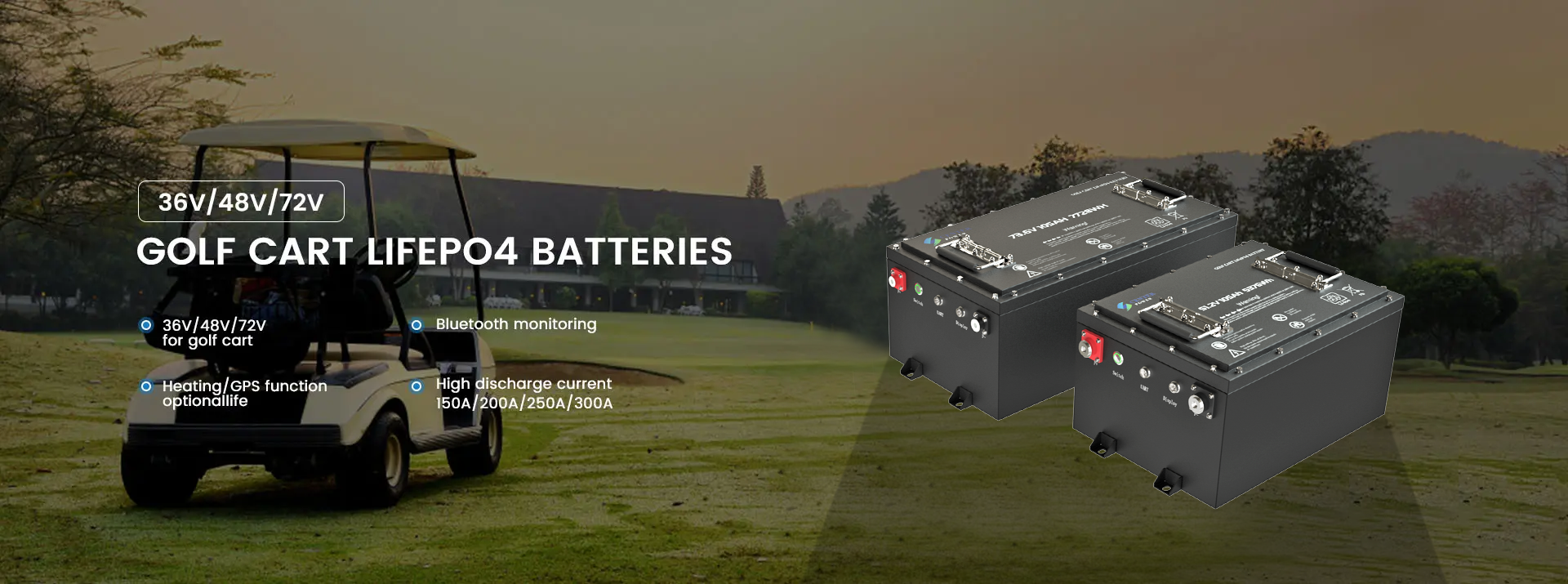
Are Marine Batteries Charged When You Buy Them?
When purchasing a marine battery, it's important to understand its initial state and how to prepare it for optimal use. Marine batteries, whether for trolling motors, starting engines, or powering onboard electronics, can vary in their charge level depending on the type and manufacturer. Let’s break it down by battery type:
Flooded Lead-Acid Batteries
- State at Purchase: Often shipped without electrolyte (in some cases) or with a very low charge if pre-filled.
- What You Need to Do:Why This Matters: These batteries have a natural self-discharge rate, and if left uncharged for long periods, they may sulfate, reducing capacity and lifespan.
- If the battery isn’t pre-filled, you’ll need to add electrolyte before charging.
- Perform an initial full charge using a compatible charger to bring it to 100%.
AGM (Absorbed Glass Mat) or Gel Batteries
- State at Purchase: Typically shipped partially charged, around 60–80%.
- What You Need to Do:Why This Matters: Topping off the charge ensures the battery delivers full power and avoids premature wear during its initial use.
- Check the voltage using a multimeter. AGM batteries should read between 12.4V to 12.8V if partially charged.
- Top off the charge with a smart charger designed for AGM or gel batteries.
Lithium Marine Batteries (LiFePO4)
- State at Purchase: Usually shipped at 30–50% charge due to safety standards for lithium batteries during transport.
- What You Need to Do:Why This Matters: Starting with a full charge helps calibrate the battery management system and ensures maximum capacity for your marine adventures.
- Use a lithium-compatible charger to fully charge the battery before use.
- Verify the battery's state of charge with its built-in battery management system (BMS) or a compatible monitor.
How to Prepare Your Marine Battery After Purchase
Regardless of the type, here are general steps you should take after buying a marine battery:
- Inspect the Battery: Look for any physical damage, such as cracks or leaks, especially in lead-acid batteries.
- Check Voltage: Use a multimeter to measure the battery's voltage. Compare it with the manufacturer’s recommended fully charged voltage to determine its current state.
- Charge Fully: Use an appropriate charger for your battery type:Test the Battery: After charging, perform a load test to ensure the battery can handle the intended application.
- Lead-acid and AGM batteries require a charger with specific settings for these chemistries.
- Lithium batteries need a lithium-compatible charger to prevent overcharging or undercharging.
- Install Safely: Follow the manufacturer’s installation instructions, ensuring proper cable connections and securing the battery in its compartment to prevent movement.
Why Is Charging Before Use Essential?
- Performance: A fully charged battery delivers maximum power and efficiency for your marine applications.
- Battery Lifespan: Regular charging and avoiding deep discharges can extend the overall life of your battery.
- Safety: Ensuring the battery is charged and in good condition prevents potential failures on the water.
Pro Tips for Marine Battery Maintenance
- Use a Smart Charger: This ensures the battery is charged correctly without overcharging or undercharging.
- Avoid Deep Discharges: For lead-acid batteries, try to recharge before they drop below 50% capacity. Lithium batteries can handle deeper discharges but perform best when kept above 20%.
- Store Properly: When not in use, store the battery in a cool, dry place and periodically charge it to prevent self-discharge.

Post time: Nov-28-2024





